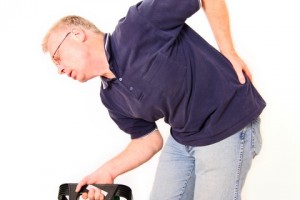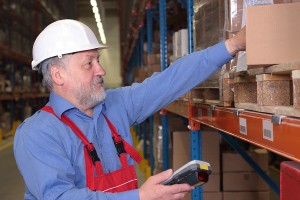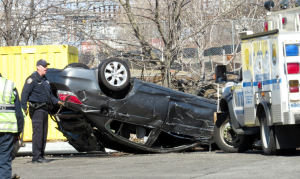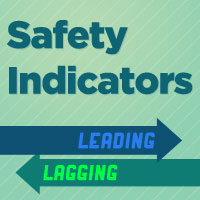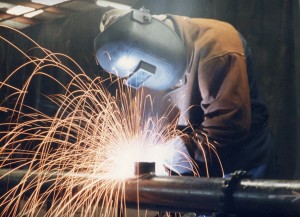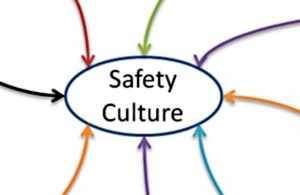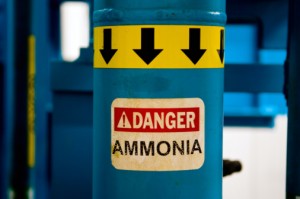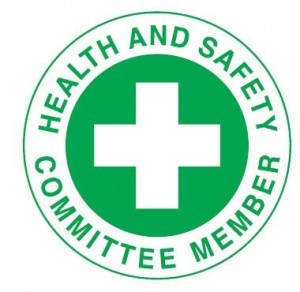 Health and Safety Committees should be established for the following purposes:
Health and Safety Committees should be established for the following purposes:
- To increase and maintain the interest of employees in health and safety issues.
- To convince managers, supervisors and employees through awareness and training activities that they are primarily responsible for the prevention of workplace accidents.
- To help make health and safety activities an integral part of the organization’s operating procedures, culture and programs.
- To provide an opportunity for the free discussion of health and safety problems and possible solutions.
- To inform and educate employees and supervisors about health and safety issues, new standards, research findings, etc.
- To help reduce the risk of workplace injuries and illnesses.
- To help insure compliance with federal and state health and safety standards.


